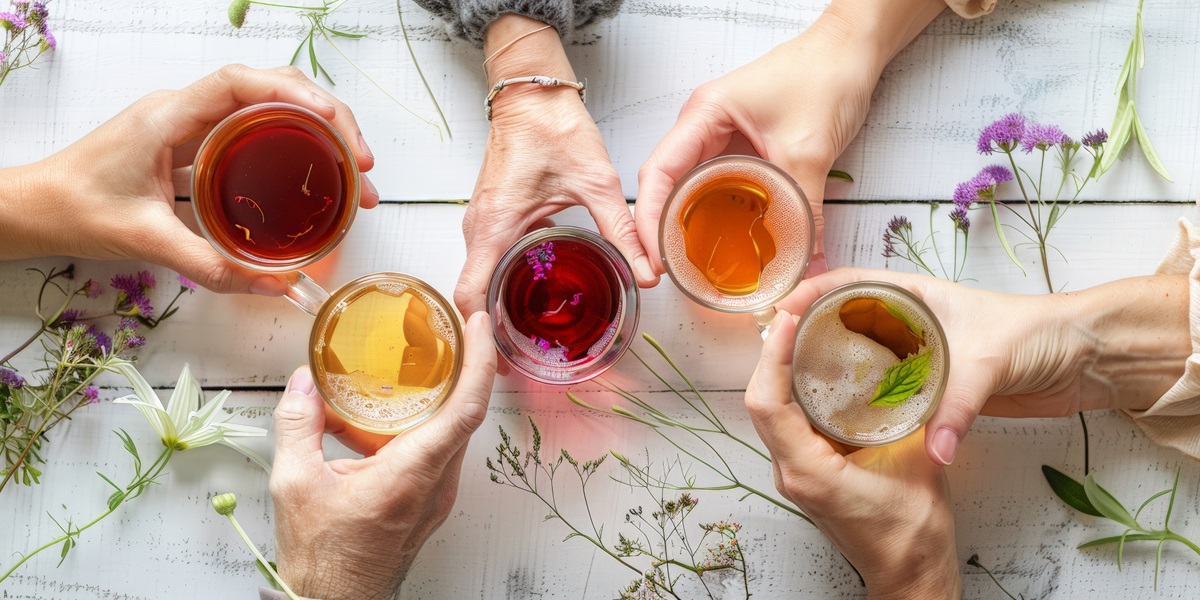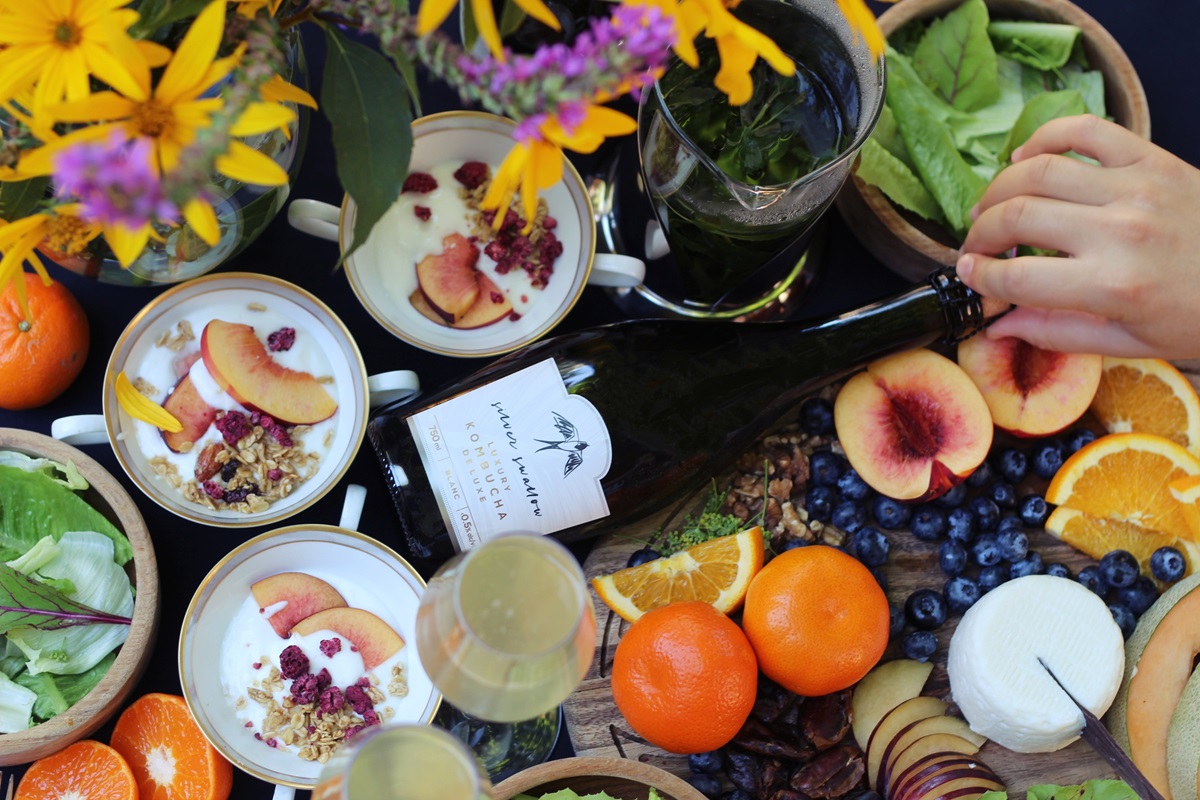WELLNESS
Are you choosy about when, where and if you’ll drink alcohol? It’s a trend. Drinking less or not at all is becoming mainstream, so much so that non-alcoholic beverage offerings are taking up more and more space on both restaurant drinks menus and retail shelves. Canada’s non-alcoholic revolution, an article by Robin Esrock published this spring at CanadianGeographic.ca, gives you the big picture: “The low and non-alcoholic sector has exploded into a $13-billion-dollar global industry, recording staggering year-over-year growth, with Canadians among its top international consumers.”

Believe or not, the demand for alternatives to booze is led by the younger sets—
Millennials and Generation Zers, who tend to prioritize wellness. But the outcome—more and better alcohol-free choices and less social pressure to drink—is great for Boomers. Why? As we age, our bodies process alcohol more slowly and we’re more sensitive to the negative effects, such as increased risk of falling, depressed mood, interaction with medications and worsening of health issues.
What’s more, the revised drinking guidelines released last year by the Canadian Centre on Substance Use and Addiction (CCSUA), were, well, sobering. Encouraging people to drink less, Canada’s Guidance on Alcohol and Health: Final Report summarizes current knowledge: “Research shows that no amount or kind of alcohol is good for your health. It doesn’t matter what kind of alcohol it is—wine, beer, cider or spirits.” The report suggests:
- 1–2 standard drinks per week is low risk.
- 3–6 standard drinks per week is a moderate risk.
- More than 6 standard drinks per week is an increasingly high risk.
- Don’t exceed more than 2 drinks in a day.
- For your health, less is better.
 That’s because the more you drink, the more you increase your risk of cardiovascular disease, liver disease and different types of cancer, including colorectal, esophageal, breast, laryngeal, liver, mouth, pharyngeal, stomach and pancreatic cancers. As the Canadian Cancer Society notes at cancer.ca, “Evidence indicates regular alcohol consumption over time—even at low levels—increases the risk of developing an alcohol-associated cancer.”
That’s because the more you drink, the more you increase your risk of cardiovascular disease, liver disease and different types of cancer, including colorectal, esophageal, breast, laryngeal, liver, mouth, pharyngeal, stomach and pancreatic cancers. As the Canadian Cancer Society notes at cancer.ca, “Evidence indicates regular alcohol consumption over time—even at low levels—increases the risk of developing an alcohol-associated cancer.”
No wonder the “nolo” (no and low alcohol) and “sober curious” movements are having a public impact. It was back in 2012 that Dry January began. Challenging people to abstain from alcohol for the first month of the year, the annual initiative took hold, with some proponents opting for a modified Damp January. Then the Canadian Cancer Society issued the Dry Feb challenge to raise awareness about the link between cancer risk and alcohol and to raise funds for cancer research and supports. See dryfeb.ca to join.
Today, a mindful approach to drinking and the choice to abstain altogether are more commonplace and part of the social norm right through the year. While socializing and celebrations have long gone hand in hand with drinking alcohol, the availability of great tasting, zero-alcohol bevvies offers a refreshing opportunity to revel and toast without any downsides: no hangover, no worries about driving and no health risk.






